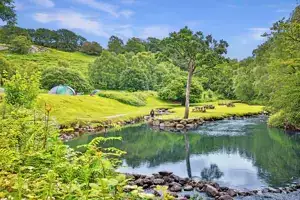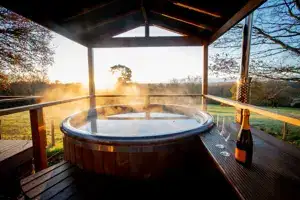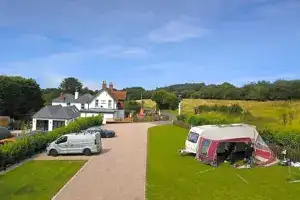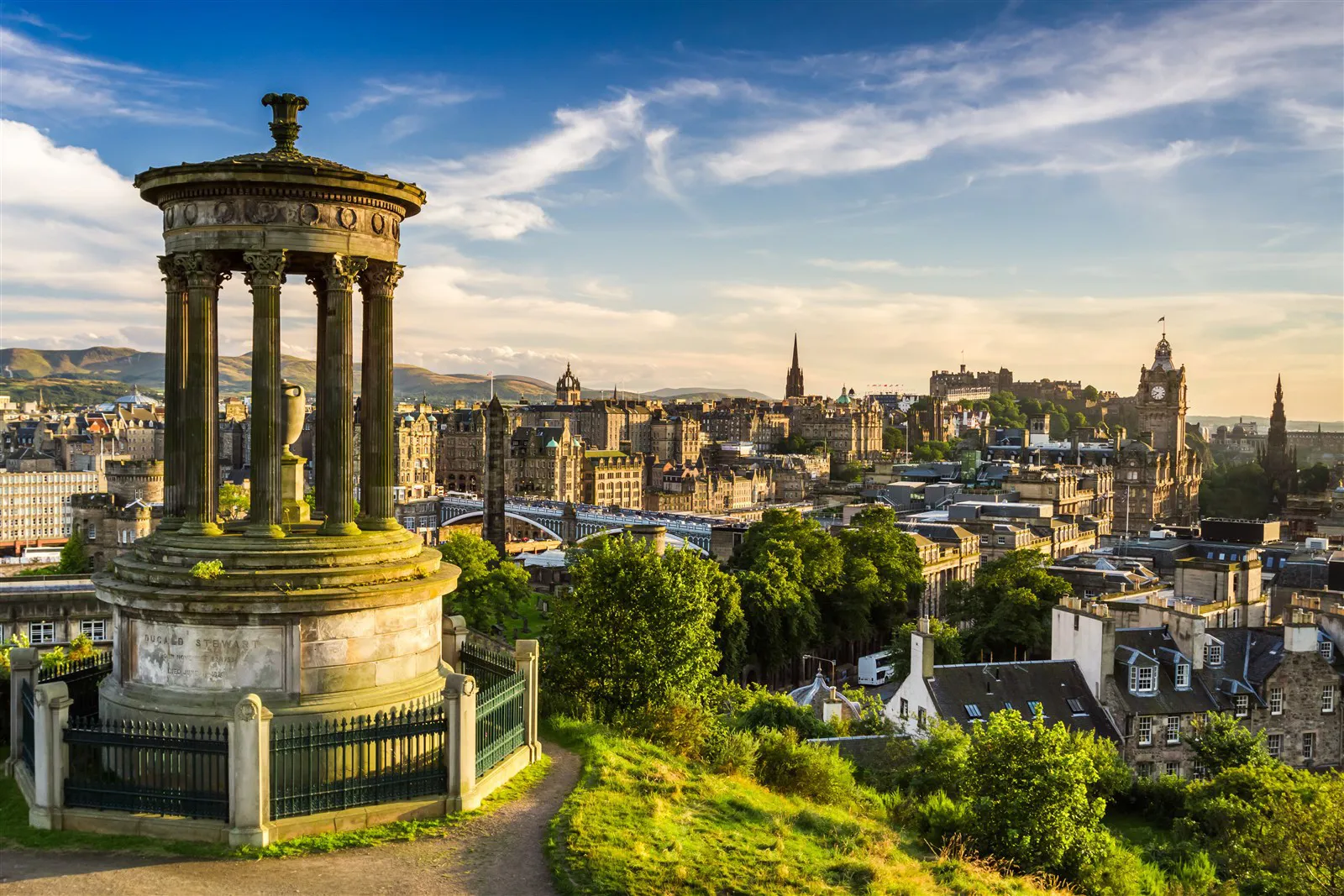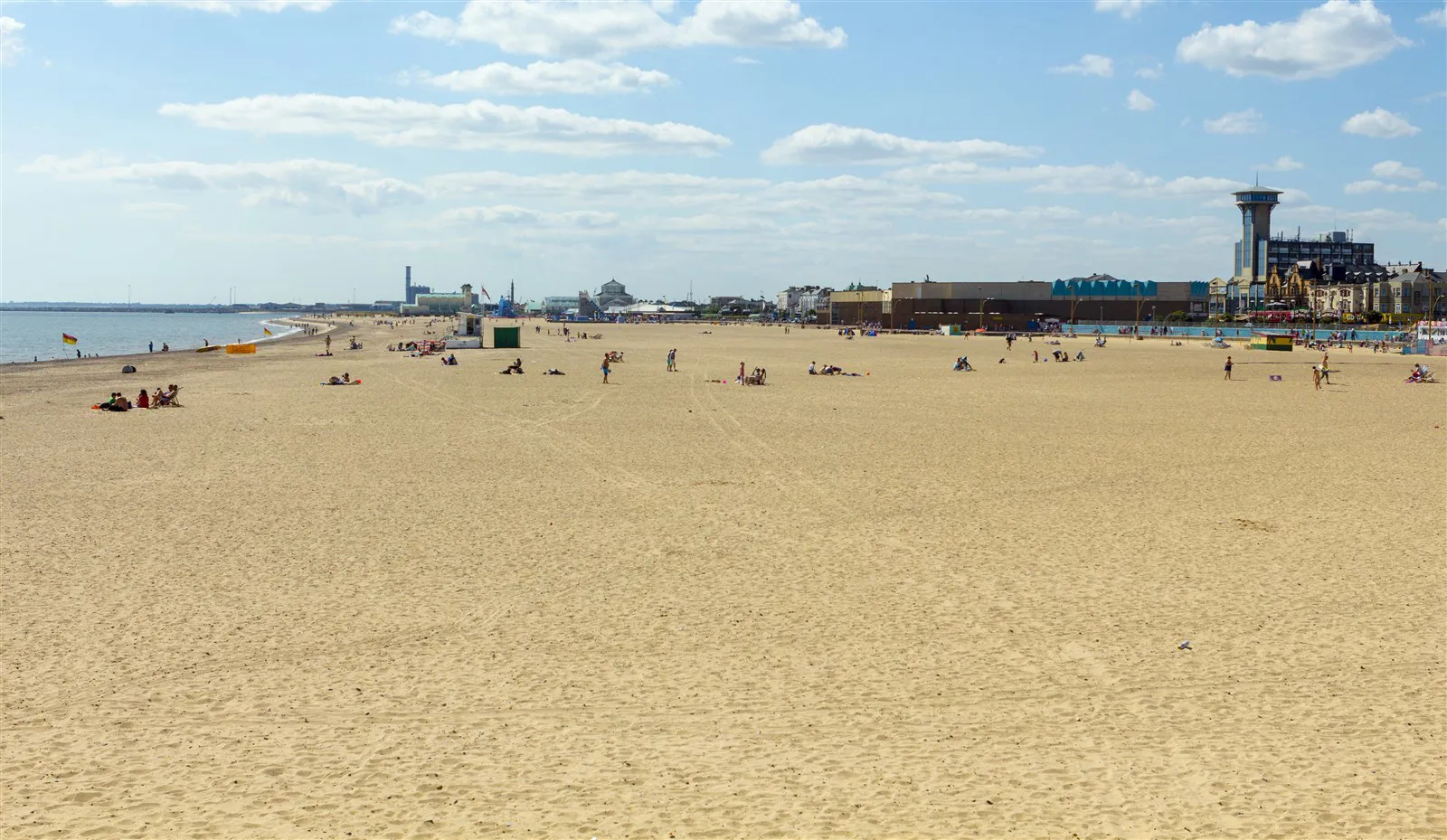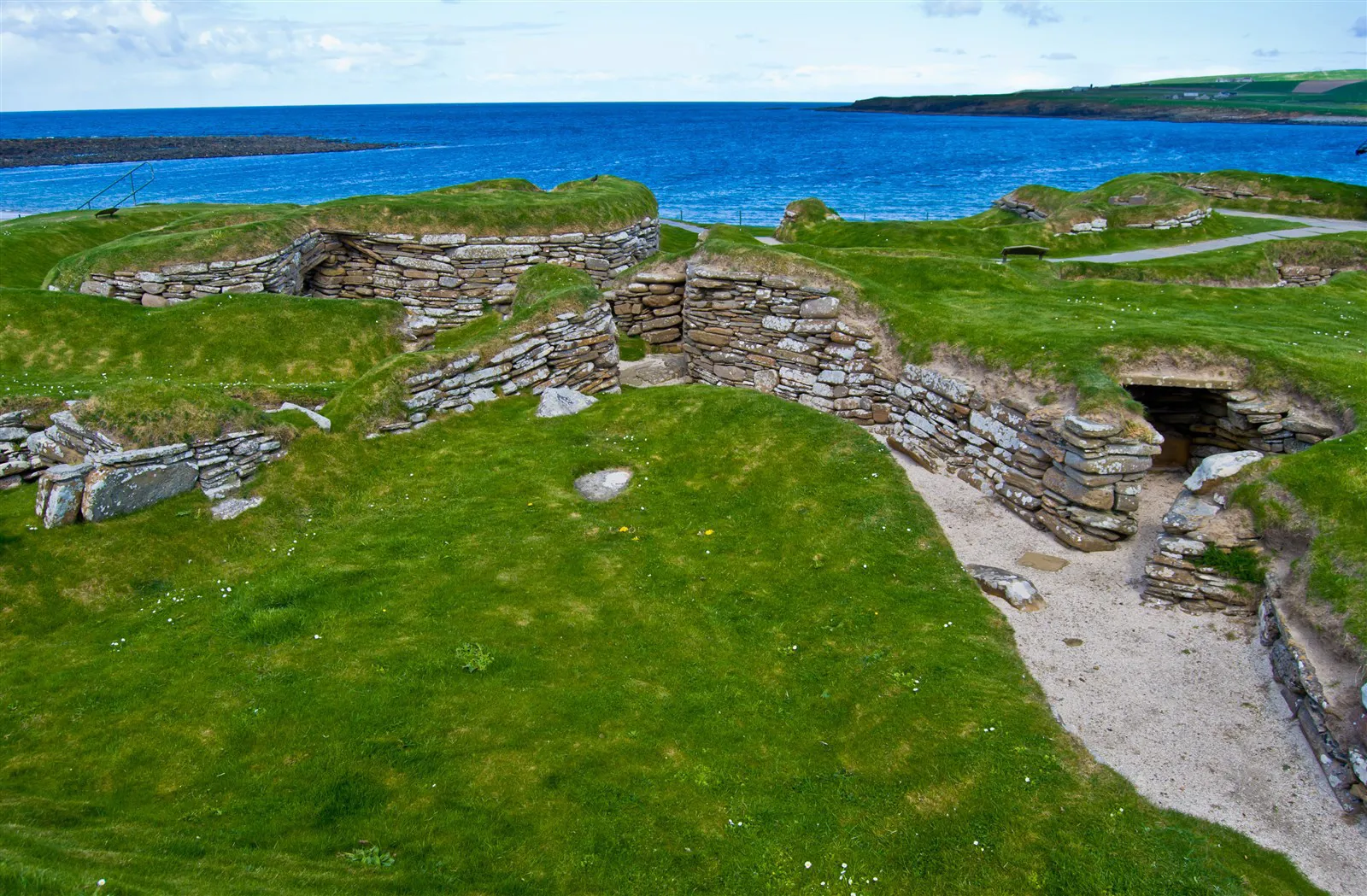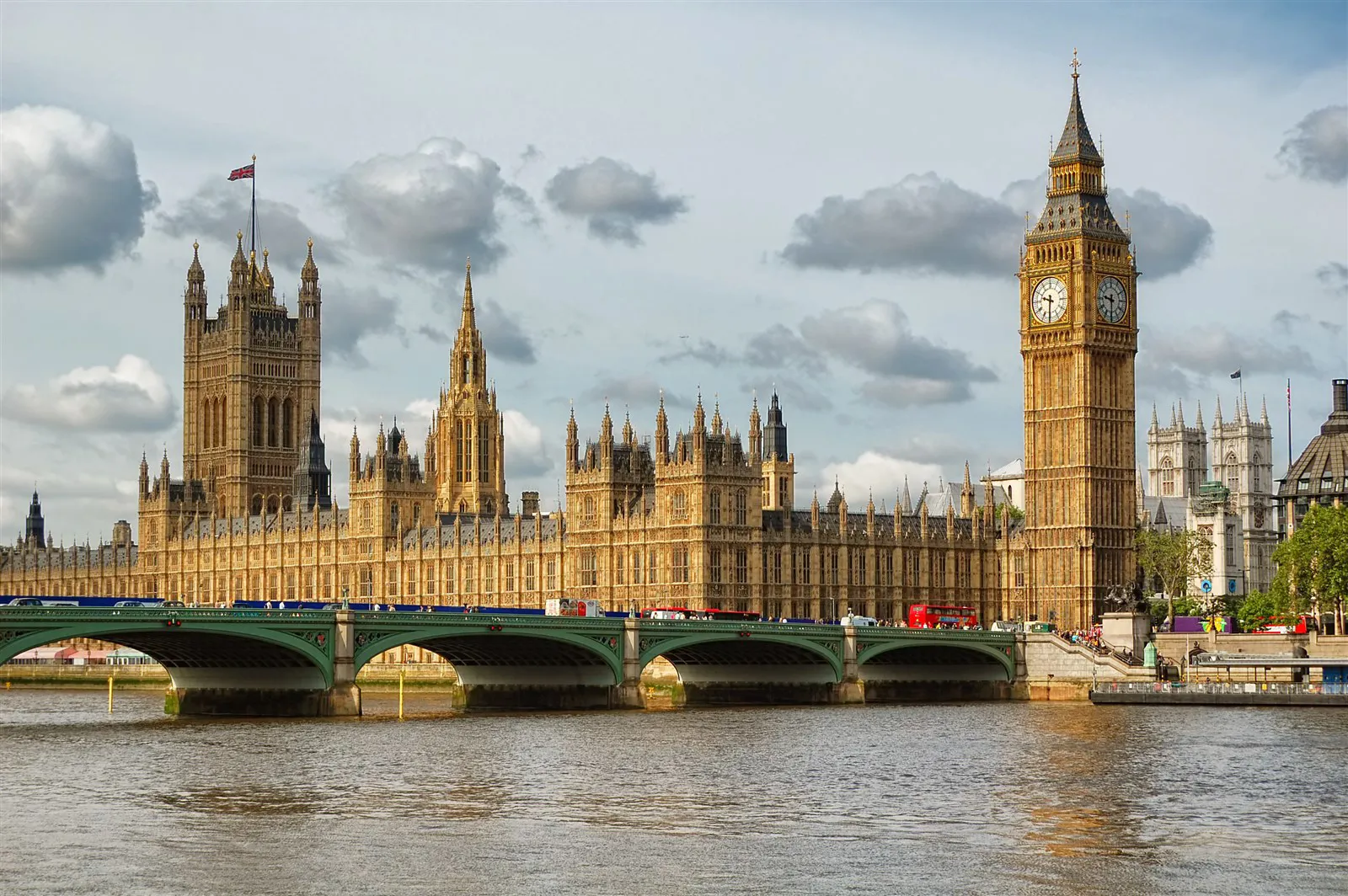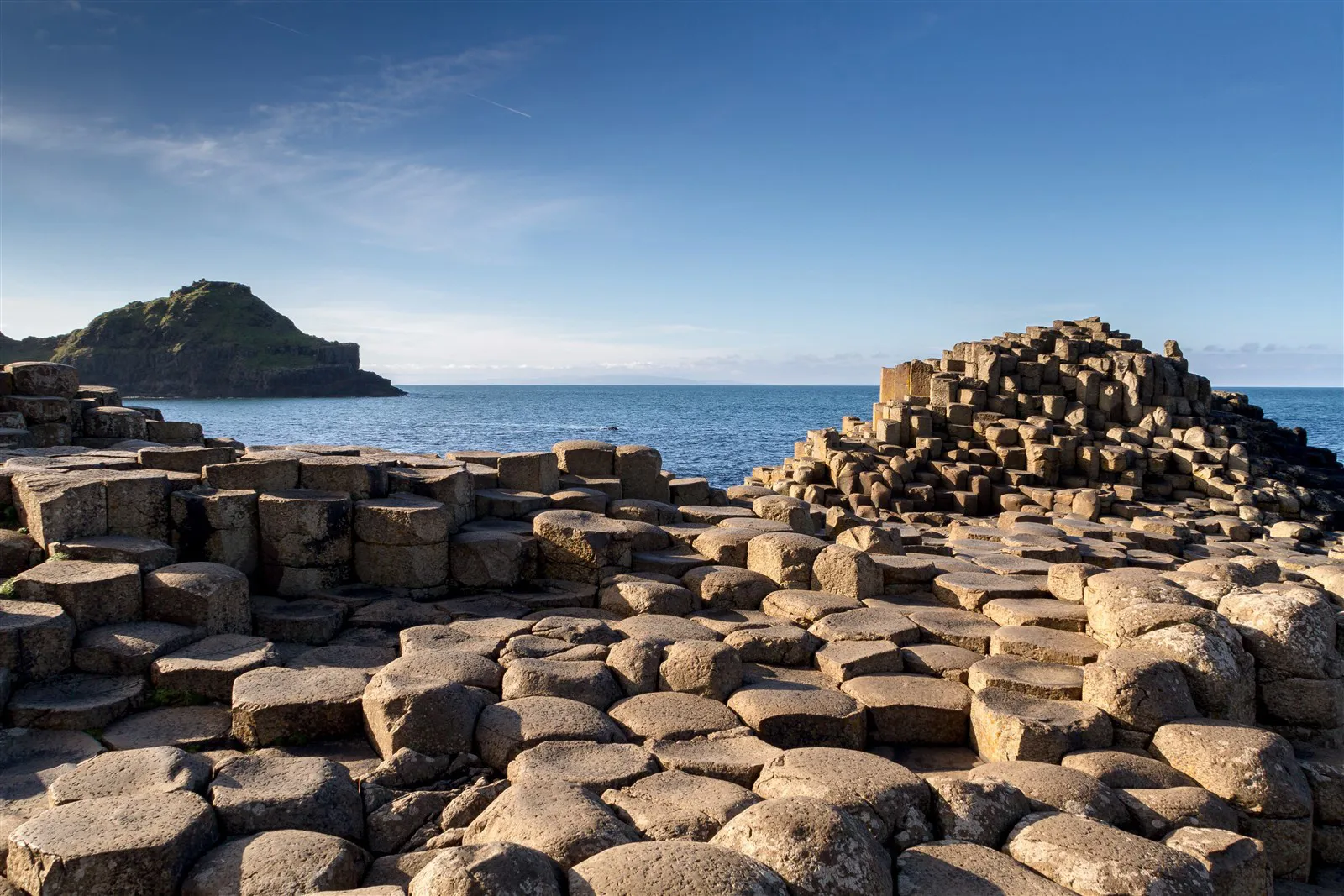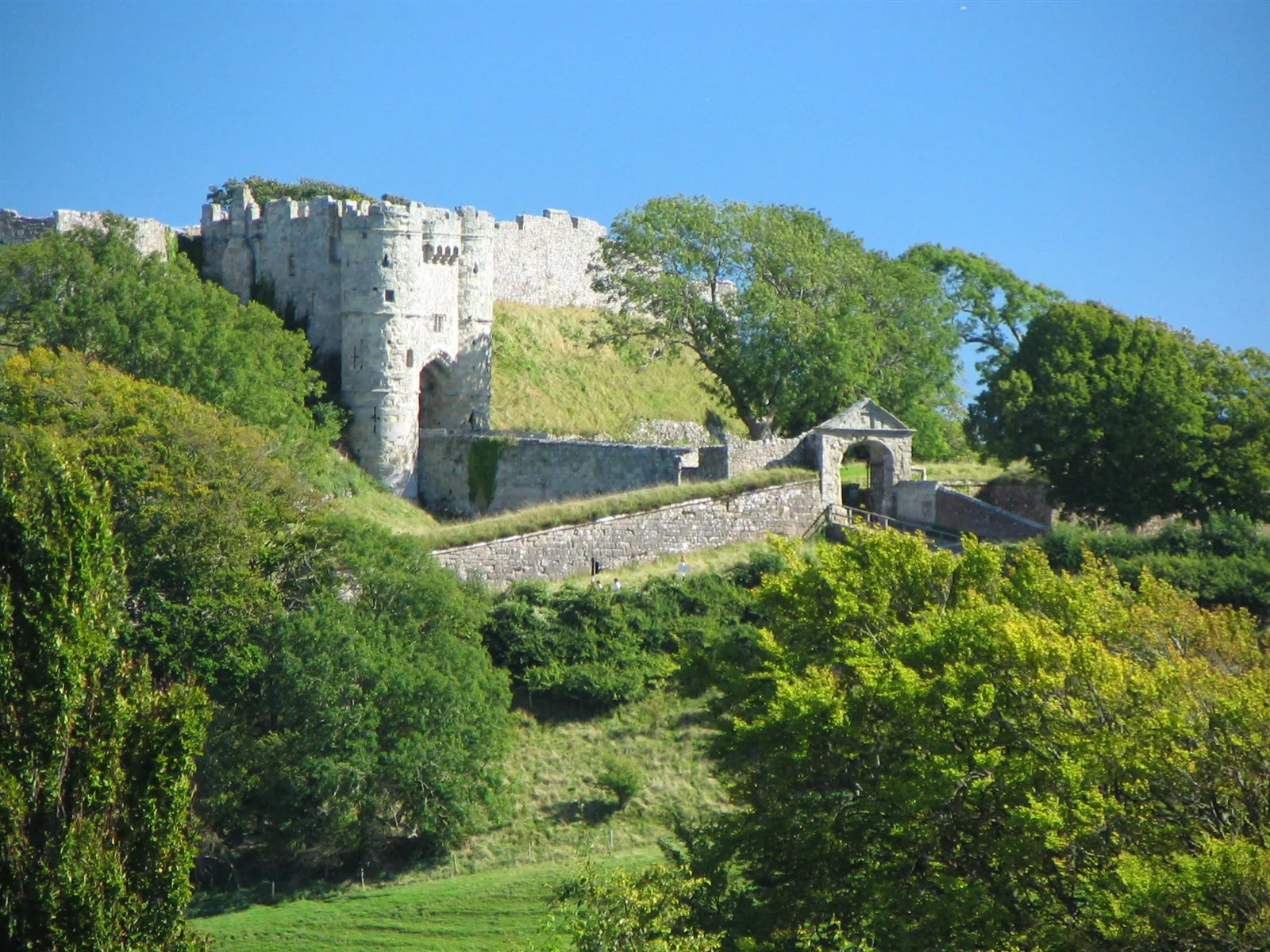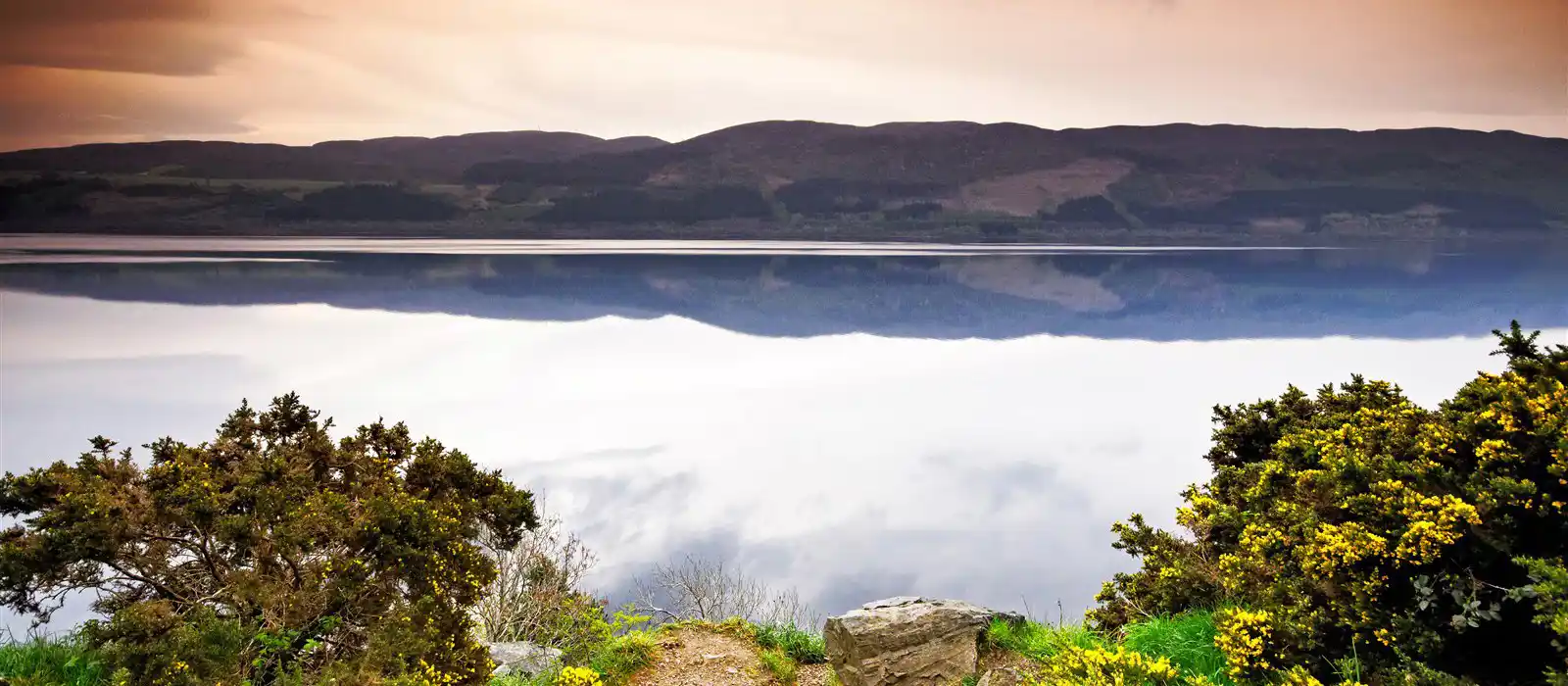
Where is Loch Ness? (And other sites of Scottish Legend)
When you think of Scotland, what’s first thing that comes to mind? Is it craggy mountains, shimmering lochs, and mystic forests? Or is it majestic highland beasts, wild weather, and age old folklores? Ever wondered where is Loch Ness? And what might be living in it? Let your imagination be captivated by the mysterious wonders of the Scottish Highlands with our list of famous legendary sites you should be sure to visit on your next holiday.
Nessie
Loch Ness is located on the Great Glen Fault that runs from Inverness to Fort William. Access to the loch is easy as the A82 runs the length of the northern shore near Inverness. Loch Ness contains more water than all the lakes in England and Wales put together, is deeper than the BT Tower in London, and never freezes. The loch’s conditions are perfect for marine life such as pike, salmon, trout, eels, oh and a giant dinosaur-like creature called Nessie!
Nessie seems to be a rather mysterious character and is intensely camera shy. Although sightings of the Loch Ness Monster have been reported since 6 AD, Nessie truly became an object of popular fascination during the 1930s when a series of grainy photographic ‘evidence’ was produced. The traditional scientific community have dismissed the Loch Ness Monster as purely myth, but Nessie remains the poster child for cryptozoology, the study of animals whose existence cannot be proven.
Nessie’s Watery Family and Friends
Nessie is often depicted as a lone beast, but it looks like the old girl has family! Once you’ve had a good crack at not seeing Nessie, why not head over to Loch Lochy to look for Lizzie? Lizzie is also described as a long necked reptile with a humped back that resembles the long extinct Plesiosaur. A similar monster has been reported at Loch Sheil. There is also the Muc-Sheilche, which translates to ‘slug pig,’ that hangs out at Loch Maree. And don’t forget about the various sightings and tales surrounding Kelpies (water horses) and Selkies (seal-women)!
Not all Scottish legends and mythical creatures involve monstrous beasts. There are a few tales of supernatural humans. There are the Washer Women, or Bean Nighe, who died during child birth and have to work on earth until the day they would have died naturally. They wander lonely streams cleaning the blood off the clothes of those soon to die. Don’t confuse the Bean Nighe with the mermaid-like Morag. Though similarly associated with death, the Morag is only associated with Loch Morar.
Castle Ghosts
The castles of Scotland have endured a brutal history, so it’s no wonder that there have been so many ghosts reported within their walls. One castle you should be sure to visit is Glamis (pictured above), home to the Queen’s mother. Reputed to be Scotland’s most haunted castle, Glamis lies below the Great Glen Fault and Glenmore Forest. Famous ghostly residents include the Grey Lady of Glamis, who was burned at the stake for witchcraft in 1537. The Fourth Earl of Crawford also still inhabits the room where he played cards with the devil. Another frequently reported ghost sighting is of Earl Beardie, who is most famous for his large size and beard.
Mythical Objects
Used to crown new Kings and Queens, the Stone of Destiny has been a point of conflict between the Scottish and English for over 700 years. The stone currently rests at Edinburgh Castle, but there are several legends surrounding the stone’s true origin. One claims the stone is a holy relic, while another states Irish heritage.
The fairy flag of Dunvegan Castle on the Isle of Skye is a fascinating object of legend. The story goes that a MacLeod Chief fell in love with a fairy who agreed to marry him if she could return home after 20 years. When the time came, the chief could not let go as she fled and was left clutching part of her torn cape. The fabric left behind is believed to have a number of magical properties, including the ability to save lives, cure the plague and increase fertility.
There are numerous accommodation options for campers and caravan travellers looking for a place to rest their head after a busy day of chasing myths. The majority of sites in the Loch Ness region are clustered near Drumnadrochit, Fort Augustus, and Inverness.
We wish you the best of luck on your hunt for legendary creatures during your Scottish holiday. As a final note, be sure to take plenty of bug spray as the mysterious Lochs and Glens of the Scottish Highlands are ripe with mosquitoes as well as myth and legend.
Discover where to stay nearby:
Download our list of everything of you need to remember for the perfect camping trip!
DownloadThese ideas for days out, places to visit and other experiences offer something for everyone.
Browse Ideas